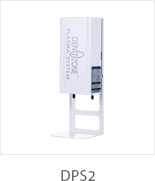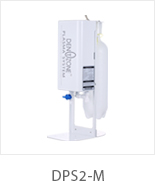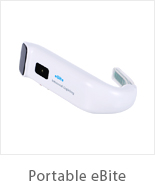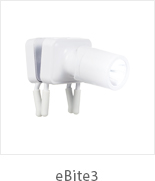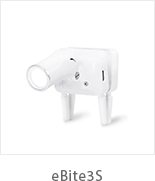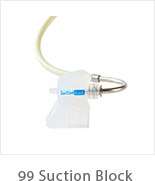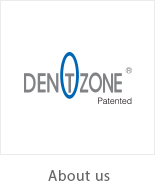| Title | Exhaust and emissions play a critical role in our daily lives, affecti… |
|
One common application of struts is in truss systems, where they are used to connect different parts of the structure and transfer loads. A truss is a framework of beams that are connected to form a rigid structure. Struts are typically placed diagonally or horizontally within the truss to provide additional support and prevent buckling under compression forces. By distributing loads effectively, struts help to maintain the integrity of the truss system and prevent it from collapsing. In conclusion, exhaust and emissions are major contributors to air pollution, climate change, and adverse health effects. By taking proactive steps to reduce emissions through cleaner transportation options, energy-efficient practices, and stricter regulations, we can work towards a cleaner, healthier, and more sustainable future. Exposure to exhaust emissions CAN Bus Communication have serious health implications for individuals living in areas with high levels of pollution. Carbon monoxide can impair the blood's ability to carry oxygen, leading to symptoms such as headaches, dizziness, and in severe cases, death. Nitrogen oxides and particulate matter can exacerbate respiratory conditions such as asthma and bronchitis, as well as contribute to heart disease. What is a Knock Sensor? A knock sensor is a small electronic device typically mounted on the engine block or cylinder head that detects vibrations and sounds associated with engine knocking. Knocking occurs when the air-fuel mixture in the combustion chamber ignites spontaneously or unevenly, leading to increased pressure and potentially damaging vibrations. Installation and Maintenance: Knock sensors are generally installed in areas of the engine where vibrations from knocking can be easily detected. They are connected to the engine wiring harness and are calibrated to specific sensitivity levels by the manufacturer. It is essential to ensure that knock sensors are properly installed and maintained to prevent false readings or sensor malfunction, which can lead to engine performance issues. When it comes to maintenance, wheel bearings should be checked regularly as part of routine vehicle inspections. If any signs of wear or damage are detected, it is advisable to have the wheel bearings replaced by a professional mechanic to ensure optimal performance and safety on the road. There are several strategies to help reduce exhaust emissions and their impact on the environment and health. One of the most effective ways is to transition to cleaner transportation options, such as electric vehicles or public transportation. Carpooling, biking, and walking are also environmentally friendly alternatives that can help reduce emissions. One of the key benefits of wheel bearings is their ability to reduce friction, which in turn minimizes wear and tear on the wheel components. This not only helps extend the lifespan of the wheels but also contributes to improved fuel efficiency and overall performance of the vehicle. Strict emissions regulations and the adoption of cleaner technologies by industries can also play a crucial role in reducing exhaust emissions. Investing in renewable energy sources, implementing pollution control measures, and promoting sustainable practices are essential steps toward creating a cleaner and healthier environment for future generations. Improving the efficiency of vehicles and machinery can also make a significant difference. Regular maintenance, proper tire inflation, and using eco-friendly fuels can help reduce emissions. Additionally, reducing energy consumption at home and in businesses can help lower overall emissions and improve air quality. How Does a Knock Sensor Work? Knock sensors typically use piezoelectric technology to convert mechanical vibrations into electrical signals. When engine knock occurs, the sensor generates a voltage signal that is sent to the ECU. The ECU then analyzes this signal and makes adjustments to the ignition timing or fuel delivery to mitigate knock and ensure smooth engine operation. In conclusion, struts are vital structural elements that provide crucial support and stability to various types of buildings and infrastructure. By understanding the role of struts in construction and engineering, professionals can design safer and more reliable structures that can withstand external forces and environmental conditions. Whether used in truss systems, scaffolding, or other engineering applications, struts are an essential component of modern construction practices. Over time, wheel bearings may wear out due to factors such as heat, water, dirt, and excessive weight. Common signs of worn-out wheel bearings include grinding or squeaking noises coming from the wheels, vibration in the steering wheel, and uneven tire wear. It is essential to address these issues promptly to avoid further damage to the vehicle. In addition to their role in truss systems and scaffolding, struts are also employed in various types of engineering structures, such as bridges, towers, and aerospace vehicles. By supporting compressive loads and transferring forces within the structure, struts help to enhance the strength and stability of these complex systems. Engineers carefully design and position struts to withstand the expected loads and ensure that the structure can perform effectively under different conditions. |
|
